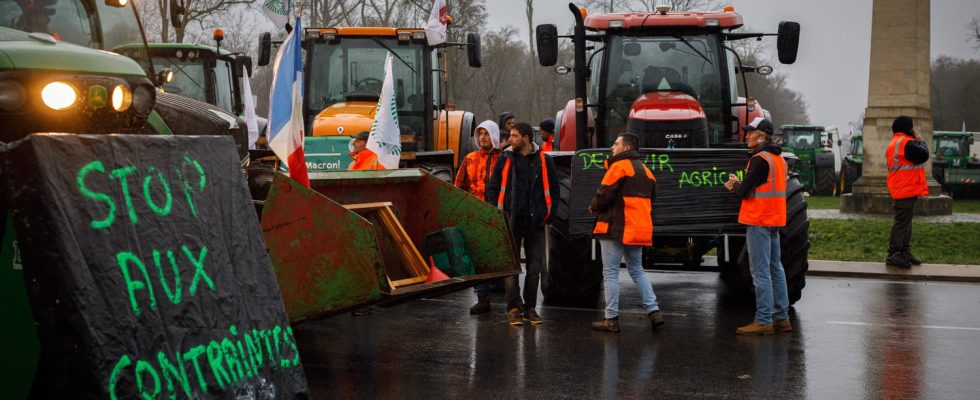The European Common Agricultural Policy has been voted on every four years since 1962. Today, its functioning is called into question by the agricultural world.
Four hundred billion euros: this is the budget voted for the last Common Agricultural Policy (CAP) within theEuropean Union in 2023, for four years. France, the first beneficiary of the aid provided for by the program, was allocated nine billion euros for its farmers. However, the acronym upsets the operators mobilized throughout France and in neighboring countries. European flags set on fire, murderous slogans… what do we blame the CAP for?
The Common Agricultural Policy was born from Treaty of Rome in 1957, and came into force in 1962. The aim was then to revive European agriculture after the war, by guaranteeing remunerative prices for farmers while heavily taxing imports from outside Europe. But European policy underwent a shift from 1992: as agricultural prices fell, the CAP became above all a financial aid system for farmers, in return for compliance with ever-increasing environmental standards. At the same time, free trade agreements have been signed with non-EU countries.
“Prices, not aid”
This change in policy has stuck in the throats of farmers, who are increasingly dependent on European aid to live and would prefer their work to be more remunerative. “Prices, not aid”, we can read on signs for several days. It is also the counterparts imposed by the CAP, in the form of environmental standards, which crystallize the fed up.
The CAP 2023 has further added constraints for agricultural operations. One standard in particular puts them in difficulty: the obligation to permanently keep 4% of their soil fallow, that is to say without cultivation, to ensure its renewal. The CAP also requires farmers to respect a certain diversity of crops on their land, or to cover their soil in winter. So many costly and unavoidable regulations to receive the aid now essential to the survival of many operators.
